Building a strong brand identity is crucial for any business looking to establish a lasting presence in the market. An iconic brand identity can help businesses stand out from their competitors, build brand loyalty, and ultimately drive sales. However, crafting a memorable brand identity is no easy feat. It requires a deep understanding of your target audience, a strong brand strategy, and effective communication of your brand personality through visual elements and marketing efforts.

In this article, we will explore proven strategies for building iconic brands and crafting memorable brand identities. We will delve into the key components of brand identity, including visual elements, brand personality, and messaging. We will also examine case studies of successful iconic brands and offer practical advice for businesses looking to establish a strong brand identity.
Key Takeaways
- Understanding your target audience is crucial for building a strong brand identity.
- Developing a clear brand strategy is essential for creating a memorable brand identity.
- Effective communication of your brand personality through visual elements and marketing efforts can help build brand loyalty and trust.
Understanding Brand Identity


Defining Brand Identity

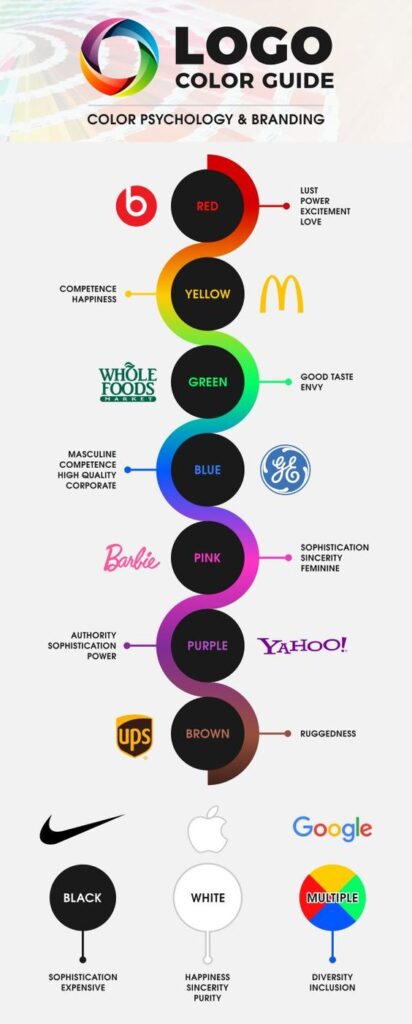
Brand identity refers to the way a company presents itself to the world. It encompasses all of the visual and verbal elements that make up a brand, including its name, logo, color scheme, typography, and messaging. A strong brand identity helps to differentiate a company from its competitors and creates a lasting impression on customers.
Components of Brand Identity
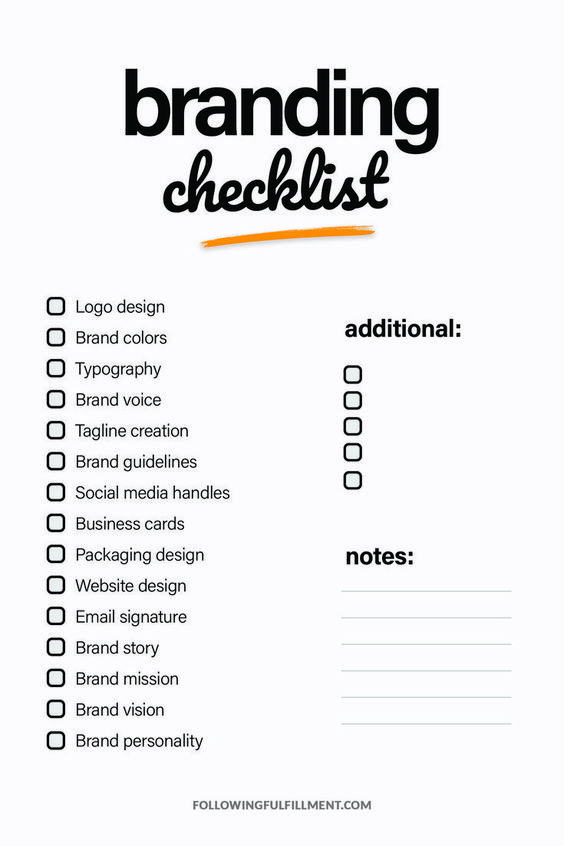
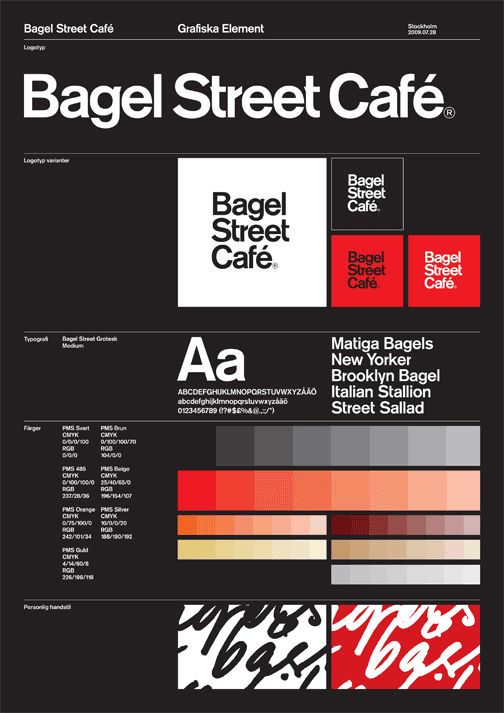
There are several key components that make up a brand identity. These include the brand’s values, personality, essence, vision, and mission. A brand’s values are the principles that guide the company’s behavior and decision-making. Its personality refers to the traits and characteristics that are associated with the brand, such as being innovative or trustworthy. The essence of a brand is the core idea that it represents, while the vision and mission statements outline the company’s goals and purpose.
The Role of Design in Branding
Design plays a crucial role in creating a strong brand identity. The visual elements of a brand, such as its logo, color scheme, and typography, are what customers first notice and remember. A well-designed brand identity can help to establish trust with customers and communicate the brand’s values and personality. It is important for designers to carefully consider each element of the brand identity and ensure that they work together cohesively to create a memorable and impactful brand.
Developing a Strong Brand Strategy
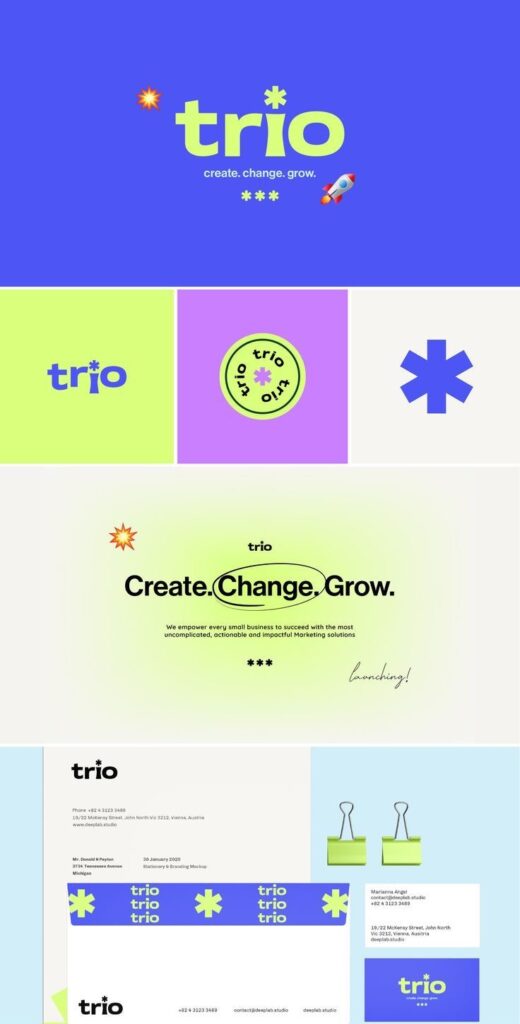

A strong brand strategy is the foundation of a successful brand identity. It involves a thorough understanding of the target market, a clear brand mission and vision, and the establishment of core values and messaging.
Market Research and Insights
Market research and insights are essential in developing a strong brand strategy. This involves gathering information about the target audience, including their needs, preferences, and behaviors. By understanding the target market, a brand can tailor its messaging and positioning to resonate with its audience.
Additionally, expanding into new markets often requires formal procedures, such as business registration in Singapore, which ensures legal compliance. Business registration singapore can open doors to a thriving economy and a diverse consumer base, providing new opportunities for growth. Establishing a Singapore holding company can further streamline international operations and optimize tax benefits. This strategic approach allows businesses to consolidate assets and efficiently manage their global investments.
Setting a Clear Brand Mission and Vision
A clear brand mission and vision are critical components of a strong brand strategy. The mission statement should articulate the brand’s purpose and what it aims to achieve, while the vision statement should outline the brand’s long-term goals and aspirations.
Establishing Core Values and Messaging
Establishing core values and messaging is essential in developing a strong brand strategy. Core values are the guiding principles that define a brand’s culture and beliefs, while messaging is the language and tone used to communicate the brand’s values and benefits to its audience. A brand’s messaging should be consistent across all channels and touchpoints to create a cohesive and memorable brand identity.
Crafting Your Visual Elements

Logo Design and Typography
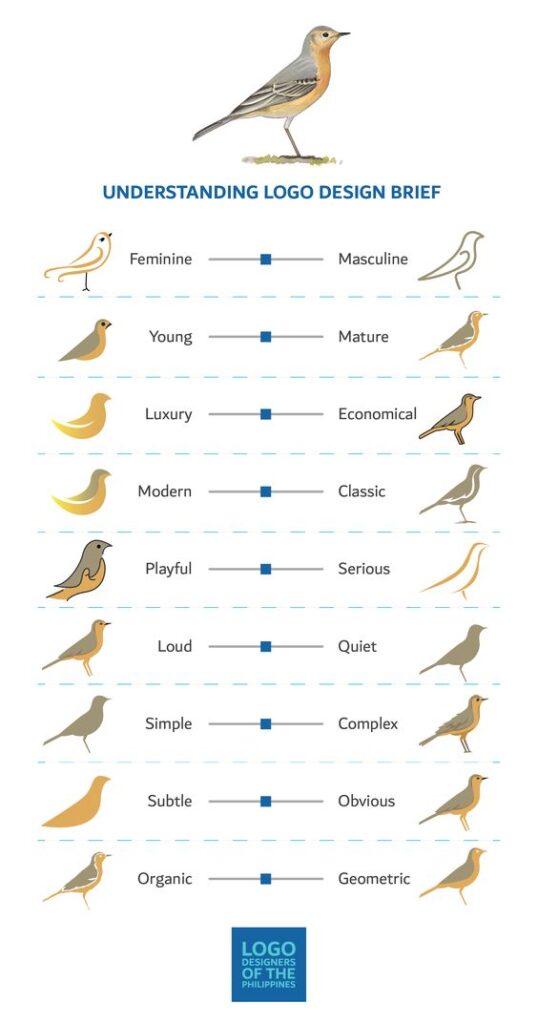

A strong logo is a crucial element of any brand identity. When designing a logo, it is important to consider the brand’s personality and values, as well as the target audience.

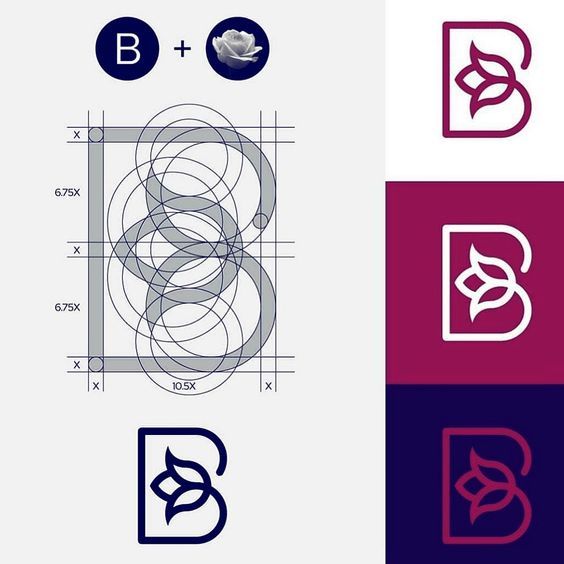
The logo should be simple, memorable, and easily recognizable. Typography is another important aspect of visual identity. Choosing the right font can help convey the brand’s tone and personality.
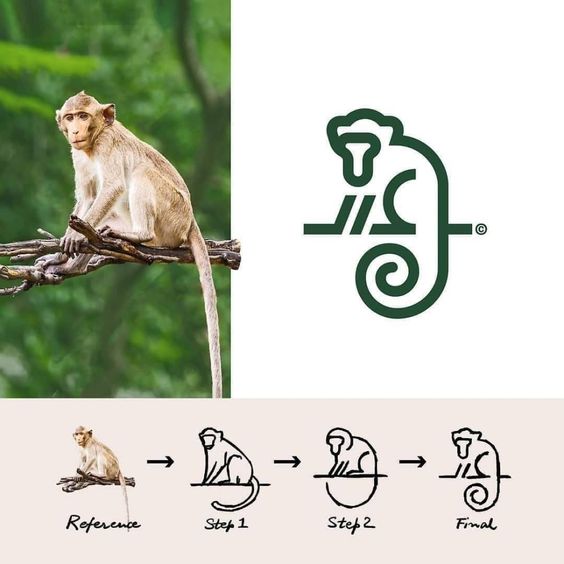

Choosing a Color Palette and Imagery

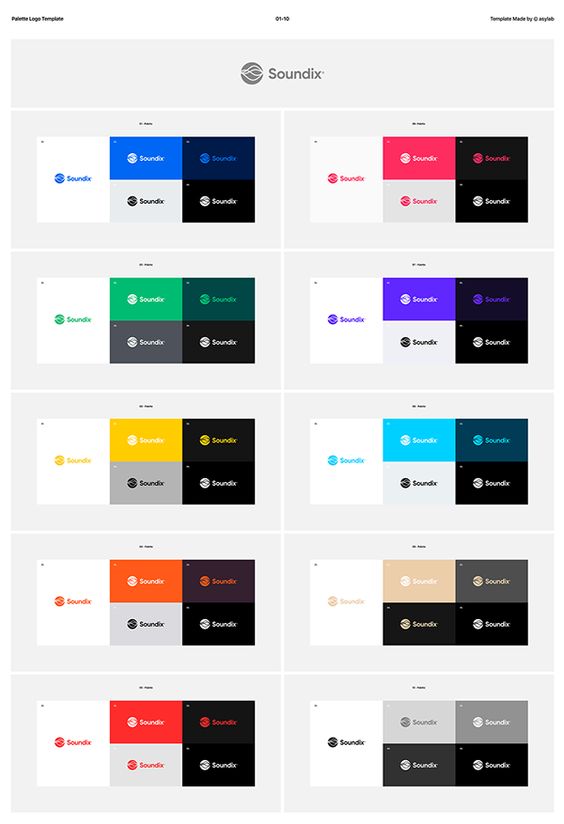
Color plays a significant role in brand identity. Different colors can evoke different emotions and associations. When choosing a color palette, it is important to consider the brand’s personality and target audience. Imagery is another important element of visual identity. Images should be consistent with the brand’s personality and values.
Consistency Across Brand Touchpoints
Consistency is key when it comes to brand identity. All brand touchpoints, including website, social media, packaging, and advertising, should be consistent in terms of visual elements, messaging, and tone. This helps to reinforce the brand’s identity and make it more recognizable to consumers.
In summary, crafting visual elements is an essential part of building an iconic brand. By carefully considering logo design and typography, choosing a color palette and imagery, and ensuring consistency across brand touchpoints, a brand can create a strong visual identity that resonates with its target audience.
Communicating Your Brand Personality

Brand Voice and Messaging
One of the most important aspects of communicating your brand personality is developing a consistent brand voice and messaging. Your brand voice should be reflective of your brand personality, and your messaging should be aligned with your brand values. This ensures that your audience understands who you are and what you stand for.
To develop a brand voice and messaging that resonates with your audience, it’s important to understand their needs, wants, and pain points. This allows you to craft messaging that speaks directly to them, using language and tone that they can relate to.
Emotional Connection and Storytelling
Creating an emotional connection with your audience is key to building a memorable brand identity. Storytelling is a powerful tool for achieving this. By telling stories that highlight your brand values and personality, you can create a deeper connection with your audience.
When crafting your brand stories, it’s important to focus on the emotions that you want to evoke. This could be anything from excitement and joy to empathy and compassion. By tapping into these emotions, you can create a more meaningful connection with your audience.
Authenticity and Reputation
Authenticity is a crucial element of brand communication. Your audience wants to know that you are who you say you are, and that your brand values are genuine. Building a strong reputation is key to establishing this authenticity.
To build a strong reputation, it’s important to be transparent and honest in your communication. This means owning up to mistakes and taking responsibility for your actions. It also means being consistent in your messaging and actions, so that your audience knows what to expect from you.


In conclusion, communicating your brand personality requires a thoughtful approach to brand voice and messaging, emotional connection and storytelling, and authenticity and reputation. By focusing on these elements, you can create a brand identity that resonates with your audience and stands the test of time.
Leveraging Marketing and PR

Creating Compelling Advertising Campaigns
One of the primary ways to leverage marketing for building iconic brands is through creating compelling advertising campaigns. These campaigns can take many forms, including television commercials, print ads, and online ads. Strategically placed custom yard signs are also a powerful tool for local advertising, providing high visibility in specific neighborhoods. The key to creating a successful advertising campaign is to understand the target audience and craft a message that resonates with them.
Effective advertising campaigns should be memorable, attention-grabbing, and clearly communicate the brand’s unique value proposition. Brands can use a variety of techniques to achieve these goals, including humor, emotion, and storytelling. However, it’s important to ensure that the advertising message aligns with the brand’s overall image and messaging.
Engagement Through Social Media
Social media is another powerful tool for building iconic brands. Platforms like Facebook, Twitter, Instagram, and LinkedIn allow brands to engage with their audience on a more personal level and build relationships with their customers. Social media also provides an opportunity for brands to showcase their personality and values, which can help differentiate them from their competitors.
To effectively leverage social media, brands should have a clear strategy in place that aligns with their overall marketing and branding goals. This strategy should include identifying the target audience, selecting the right platforms, creating engaging content, and measuring the results of social media campaigns.
Public Relations and Brand Perception
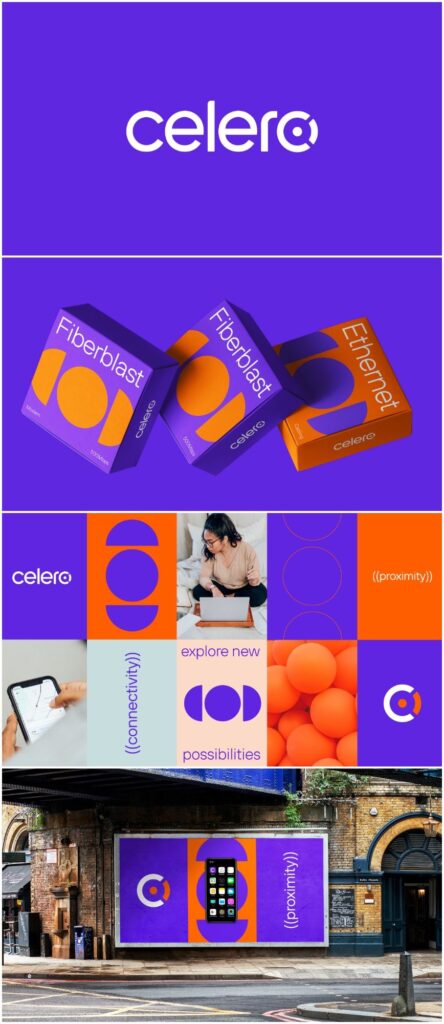

Public relations (PR) is another important aspect of building iconic brands. PR involves managing the brand’s reputation and perception in the eyes of the public. Brands can use a variety of tactics to improve their PR, including media relations, influencer partnerships, and crisis management.
Effective PR can help build trust and credibility with consumers, which can lead to increased brand loyalty and sales. However, it’s important to ensure that PR efforts align with the brand’s overall messaging and values. Brands should also be transparent and authentic in their PR efforts to avoid any negative backlash.
Overall, leveraging marketing and PR is essential for building iconic brands. By creating compelling advertising campaigns, engaging with customers on social media, and managing their reputation through PR, brands can establish themselves as leaders in their industry and build lasting relationships with their customers.
Building Brand Loyalty and Trust


Delivering on Brand Promises
One of the key factors in building brand loyalty and trust is delivering on brand promises. When a brand makes a promise to its customers, it must follow through on that promise. This means consistently providing high-quality products or services that meet or exceed customer expectations. By delivering on brand promises, a brand can build a strong reputation for reliability and trustworthiness.
Customer Service and Experience
Another important factor in building brand loyalty and trust is customer service and experience. Brands that prioritize customer service and create positive customer experiences are more likely to build strong, long-term relationships with their customers. This means providing excellent customer service, responding quickly to customer inquiries and complaints, and creating a seamless and enjoyable customer experience.
Long-term Relationship with Customers
Building a long-term relationship with customers is also critical for building brand loyalty and trust. Brands that focus on building long-term relationships with their customers are more likely to create loyal customers who will continue to do business with them over time. This means investing in customer retention strategies, such as loyalty programs and personalized marketing campaigns, to keep customers engaged and coming back for more.
Overall, building brand loyalty and trust requires a combination of delivering on brand promises, providing excellent customer service and experience, and building long-term relationships with customers. By focusing on these key factors, brands can create a strong reputation for reliability and trustworthiness, which can lead to long-term success and growth.
Analyzing Competitive Landscape

Differentiation from Competitors
To build an iconic brand, it is crucial to differentiate from competitors. Businesses need to identify their unique selling points and communicate them to their target audience. By doing so, they can create a distinctive brand identity that stands out in the competitive market.


One way to differentiate from competitors is by offering unique products or services. It can be achieved by conducting market research to identify gaps in the market and developing a product or service that meets the needs of the target audience.
Another way to differentiate is by focusing on the brand’s values and mission. By communicating the brand’s values and mission to the target audience, businesses can create an emotional connection with their customers, which can lead to brand loyalty.
Understanding Your Target Audience
To differentiate from competitors, businesses need to understand their target audience. By understanding the target audience, businesses can tailor their brand identity to meet their needs and preferences.
To understand the target audience, businesses can conduct market research, analyze customer feedback, and monitor social media channels. By doing so, businesses can identify the target audience’s demographics, interests, and behaviors, which can help them create a brand identity that resonates with their customers.
Competitive Market Positioning
To build an iconic brand, businesses need to position themselves in the competitive market. By doing so, they can create a brand identity that stands out from the competition.
To position themselves in the competitive market, businesses need to identify their competitors and analyze their strengths and weaknesses. By doing so, businesses can identify gaps in the market and develop a brand identity that fills those gaps.
Businesses also need to identify their competitive advantage and communicate it to their target audience. By doing so, they can create a brand identity that emphasizes their unique selling points and differentiates them from their competitors.
In conclusion, analyzing the competitive landscape is crucial for building an iconic brand. By differentiating from competitors, understanding the target audience, and positioning themselves in the competitive market, businesses can create a brand identity that stands out and resonates with their customers.
Innovating and Evolving the Brand
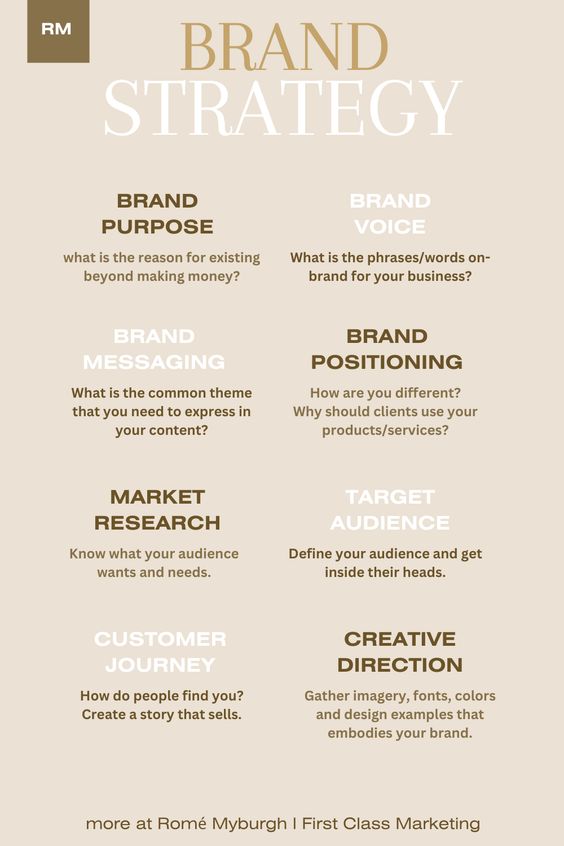
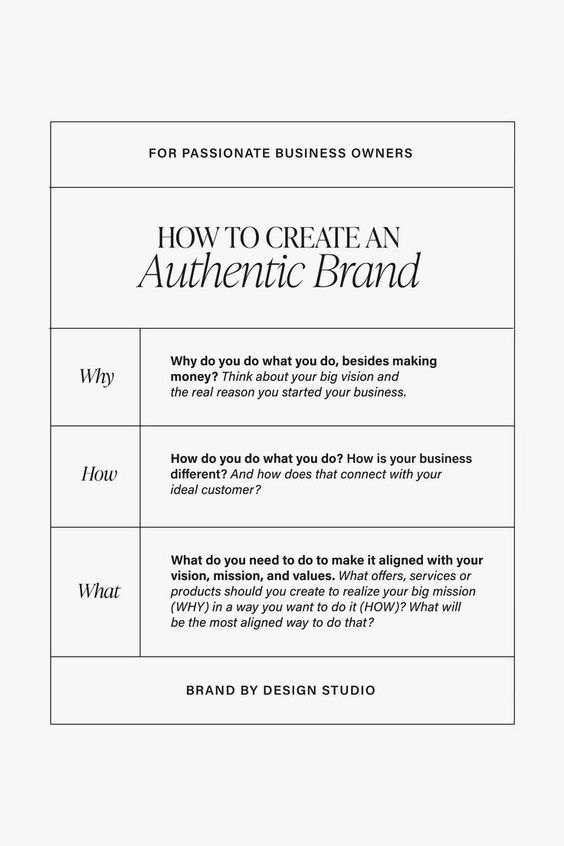
Adapting to Market Changes
Successful brands understand that the market is constantly changing and evolving. In order to remain relevant, brands must be willing to adapt to these changes and adjust their strategies accordingly. This can mean updating product offerings, changing marketing tactics, or even repositioning the brand entirely.
One way to stay ahead of the curve is to keep a close eye on market trends and consumer behavior. By staying up-to-date on industry news and understanding what your target audience wants, you can make informed decisions about how to best position your brand for success.
Incorporating Customer Feedback
Customer feedback is an essential tool for brands looking to improve their products and services. By listening to what your customers have to say, you can identify areas for improvement and make changes that will better meet their needs.
One effective way to gather feedback is through surveys and focus groups. These tools can provide valuable insights into what your customers are looking for and how they perceive your brand. By incorporating this feedback into your brand strategy, you can create a more ideal customer experience and strengthen brand loyalty.
The Process of Rebranding
Sometimes, a brand may need to undergo a complete evolution in order to remain relevant and competitive. This can involve a complete rebranding, which includes updating the brand’s visual identity, messaging, and overall positioning.
Rebranding can be a complex process, and it’s important to approach it with a clear understanding of your brand’s goals and values. This may involve working with a team of experts to develop a new brand strategy, conducting market research to understand your target audience, and implementing a comprehensive marketing plan to re-introduce the brand to the market.
Innovation and evolution are key to building and maintaining iconic brands. By adapting to market changes, incorporating customer feedback, and being willing to rebrand when necessary, brands can stay ahead of the curve and remain relevant in the eyes of consumers.
Case Studies of Iconic Brands

Nike: A Tale of Consistent Innovation


Nike has been a leading brand in the sports industry for decades. The company’s iconic status is a result of its consistent innovation and ability to adapt to changing trends. Nike’s branding techniques focus on creating a strong emotional connection with its customers through storytelling. The brand has successfully crafted a narrative around its products that resonates with athletes and sports enthusiasts around the world.
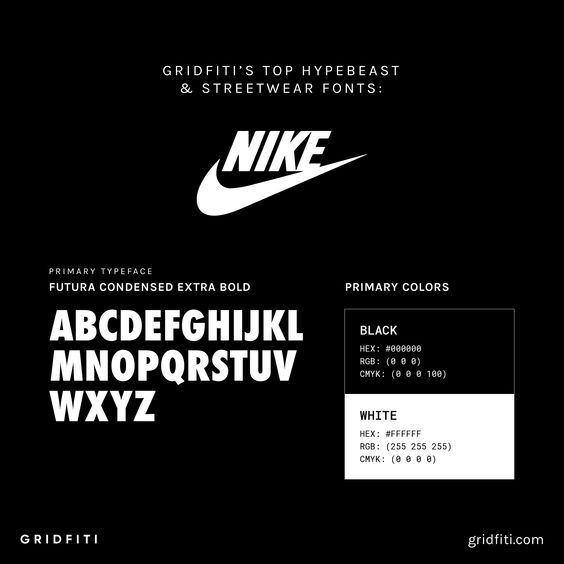
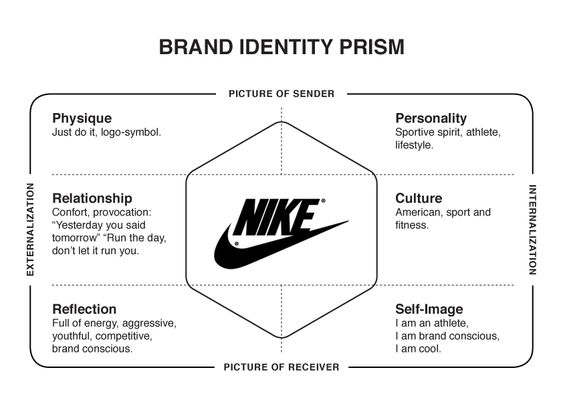
One of Nike’s most successful branding strategies is its “Just Do It” campaign, which has become synonymous with the brand. This simple yet powerful slogan has been used in various forms since its inception in 1988. Nike’s ability to maintain a consistent message while adapting to changing trends has allowed it to remain relevant and iconic.
Coca-Cola: Maintaining an Emotional Connection


Coca-Cola is one of the most recognizable brands in the world. The company’s success can be attributed to its ability to maintain an emotional connection with its customers. Coca-Cola’s branding techniques focus on storytelling and creating a sense of nostalgia. The brand has successfully crafted a narrative around its products that resonates with people of all ages.
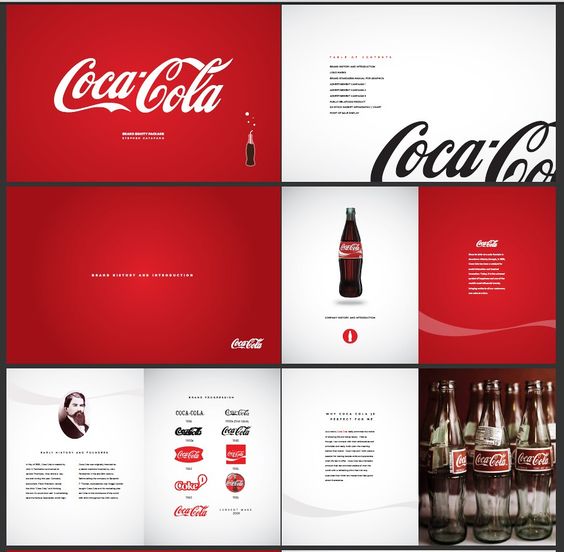
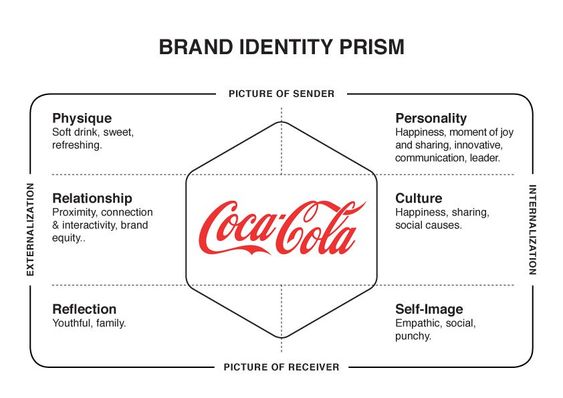
Coca-Cola’s iconic status is a result of its ability to maintain a consistent message while adapting to changing trends. The brand has successfully evolved over the years, introducing new products and marketing campaigns that keep it relevant. Coca-Cola’s ability to create an emotional connection with its customers has allowed it to remain a leader in the beverage industry.
Apple: The Art of Simplicity and Design


Apple is a brand that is synonymous with design and simplicity. The company’s success can be attributed to its ability to create products that are both functional and aesthetically pleasing. Apple’s branding techniques focus on design and simplicity, which has allowed it to stand out in a crowded market.

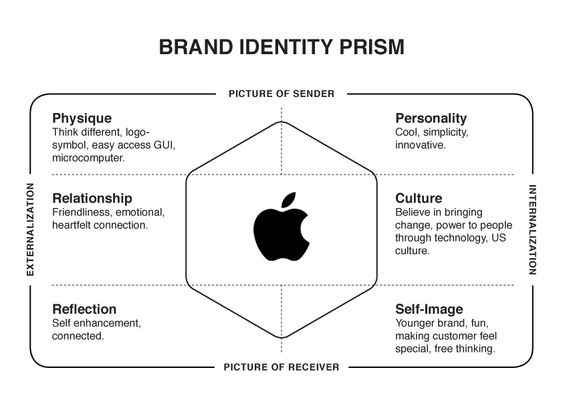
The company’s iconic status is a result of its ability to consistently create products that are innovative and user-friendly. Apple’s ability to maintain a consistent message while adapting to changing trends has allowed it to remain relevant and iconic. The brand has successfully crafted a narrative around its products that resonates with people of all ages.
Frequently Asked Questions
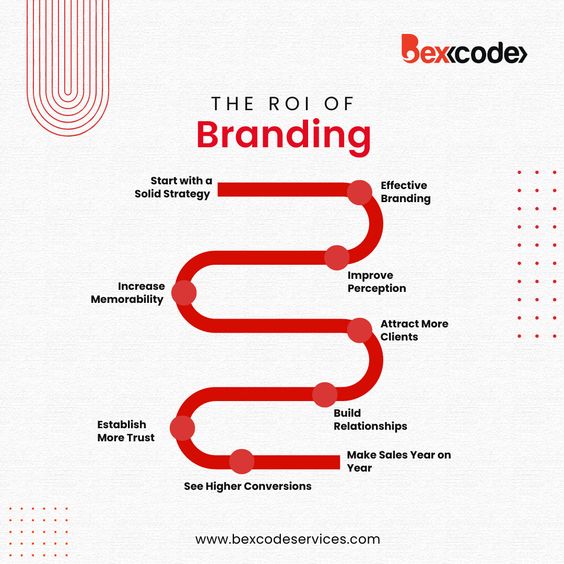
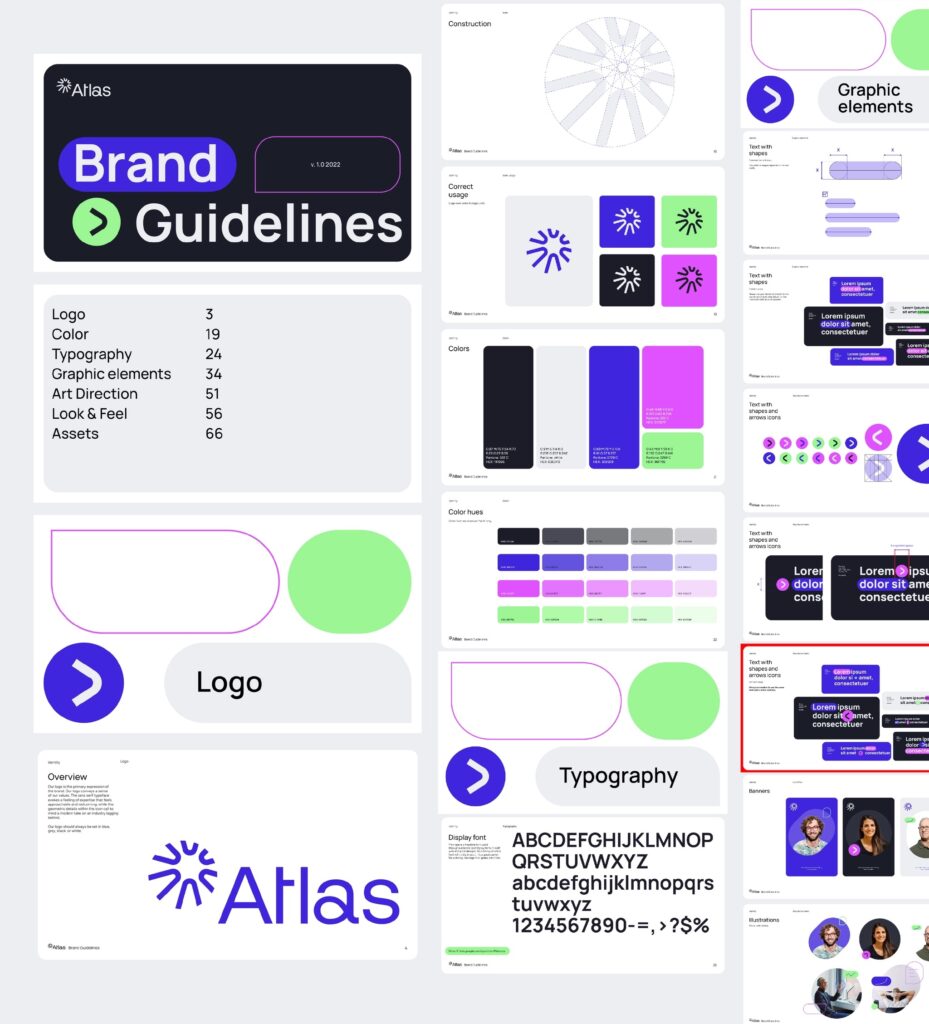
What are the key components of a strong brand identity?
A strong brand identity consists of several key components, including a unique logo, consistent messaging, and a clear brand voice. It should also reflect the values and personality of the brand, and be easily recognizable to customers.
How can a company analyze and enhance its brand identity?
To analyze and enhance its brand identity, a company can conduct market research to better understand its target audience and competitors. It can also perform a brand audit to evaluate the effectiveness of its current brand identity and make necessary changes.
Why is brand identity crucial for a business’s success?
Brand identity is crucial for a business’s success because it helps differentiate the company from its competitors and creates a strong emotional connection with customers. A strong brand identity can also increase brand loyalty and drive sales.
What are the steps involved in developing a brand identity strategy?
The steps involved in developing a brand identity strategy include defining the brand’s mission, values, and personality, conducting market research, creating a unique logo and visual identity, developing consistent messaging and a brand voice, and implementing the brand identity across all marketing channels.
How can personal branding be leveraged to create a memorable identity?
Personal branding can be leveraged to create a memorable identity by showcasing the unique personality, skills, and expertise of an individual. This can be done through creating a personal logo, developing a consistent brand voice, and sharing valuable content that aligns with the individual’s personal brand.
What strategies can organizations employ to ensure their brand identity resonates with their target audience?
Organizations can employ several strategies to ensure their brand identity resonates with their target audience, including conducting market research, developing a clear brand voice, creating a unique visual identity, and consistently communicating the brand’s values and personality across all marketing channels. Additionally, organizations can engage with their audience through social media and other channels to build a strong emotional connection with customers.
- 2.3Kshares
- Facebook0
- Pinterest2.3K
- Twitter0
- Reddit0



